Transverse vs Longitudinal Engines: Which Is Better?
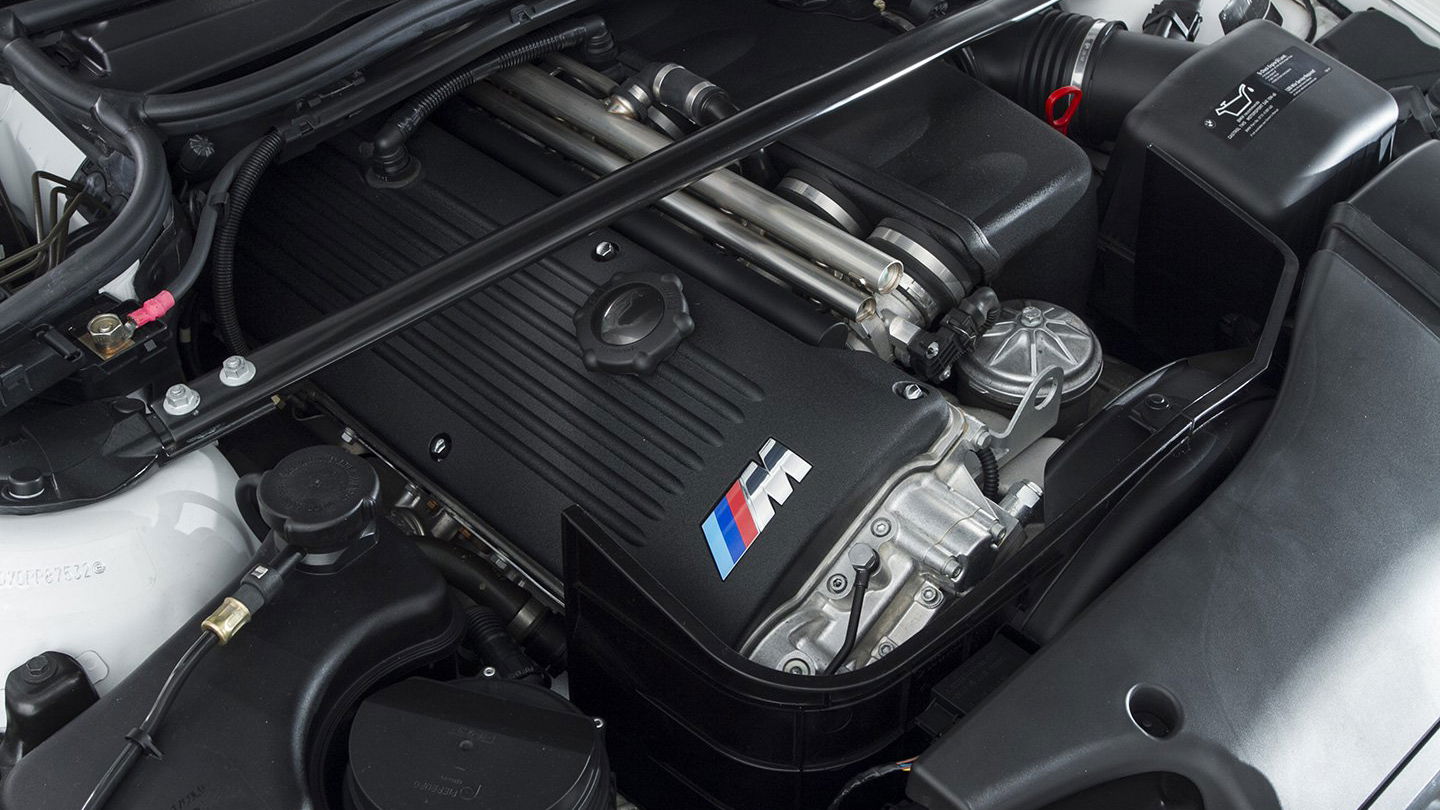
It’s something most people will seldom think about, but the way an engine is mounted is one of the most critical parts of developing a new car. It’ll have a knock-on effect on pretty much every other element – from the exterior design of a car, its weight distribution and quite simply how large said engine can be.
They’ll either have the power lumps mounted longitudinal or transverse. What does that mean exactly, though, and when is one better than the other? We explain.
What is a transverse engine?
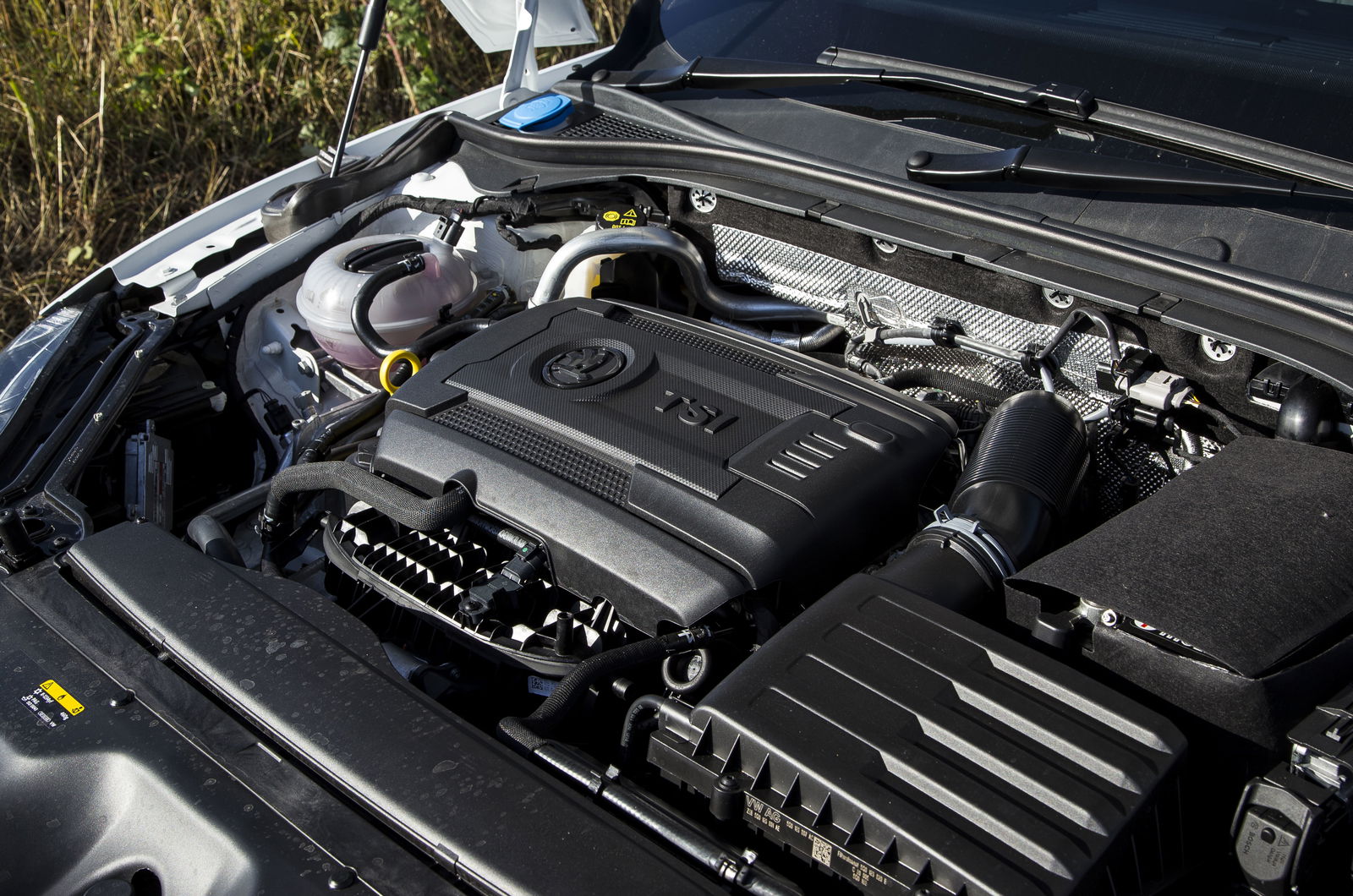
Simply put, transverse engines are mounted horizontally within an engine bay, perpendicular to the direction of travel. This is most commonly deployed in front-wheel drive cars but is also occasionally deployed for other layouts.
It was a design popularised by the original BMC Mini, which also had its transmission engineered into the engine’s sump to maximise space within the bay. That practice has phased out over the years as gearboxes have increased in ratios though, with gearboxes now usually mounted on one side of an engine, meaning unequal-length driveshafts for power delivery on the front axle. Keep both those points in mind for when we get to the pros and cons.
What is a longitudinal engine?
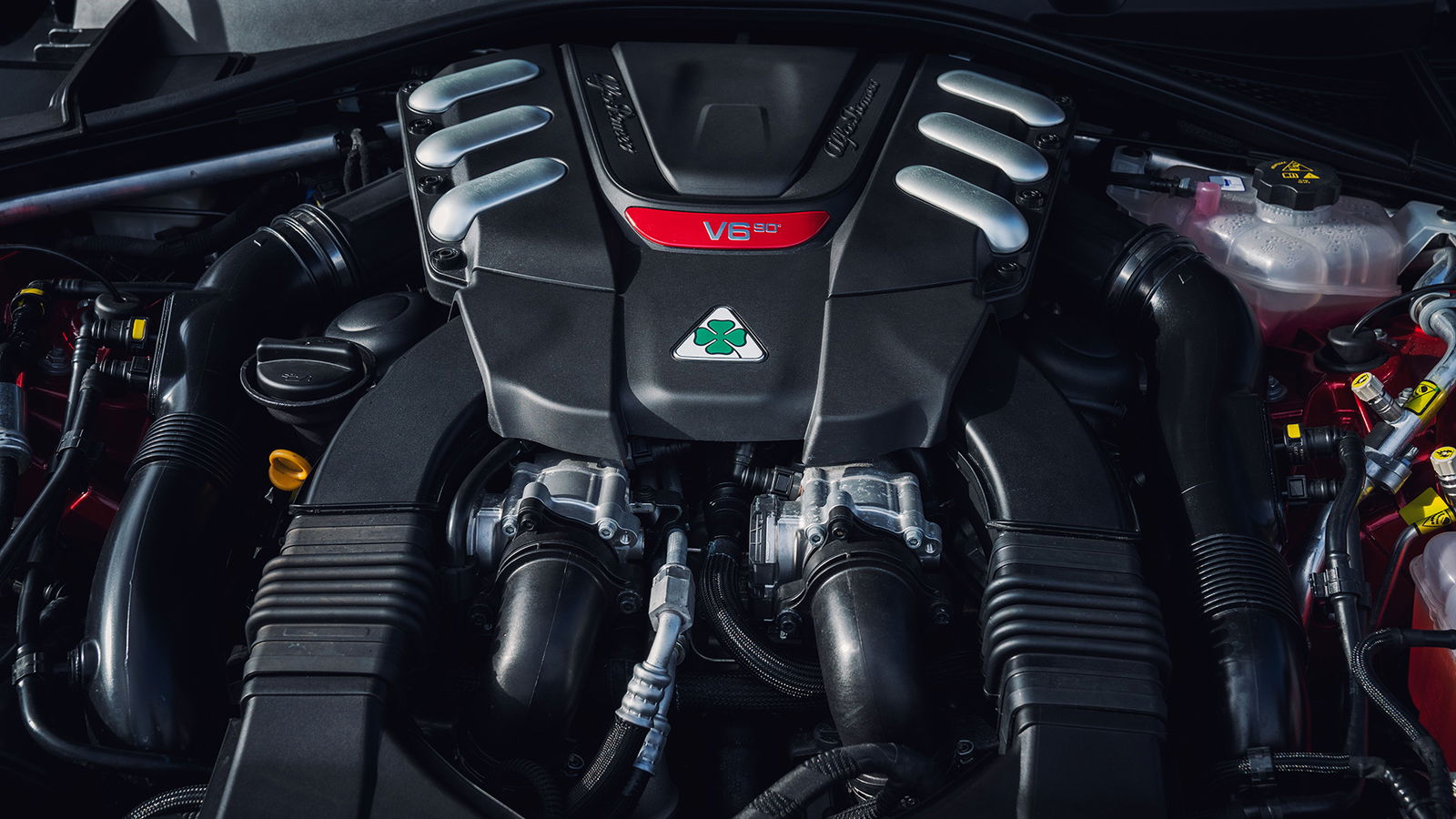
A longitudinal engine is mounted vertically within an engine bay, forming a straight line from the crankshaft to the car’s transmission. Usually, larger capacity engines will be mounted this way as a result of taking up more room within an engine bay.
It’s practically unheard of for a front-wheel drive car to use a longitudinal engine, rather it’s most common on rear- and some all-wheel drive vehicles. Front-driven longitudinal layouts have been tried though, most recently with some Audis.
When is a transverse engine better?
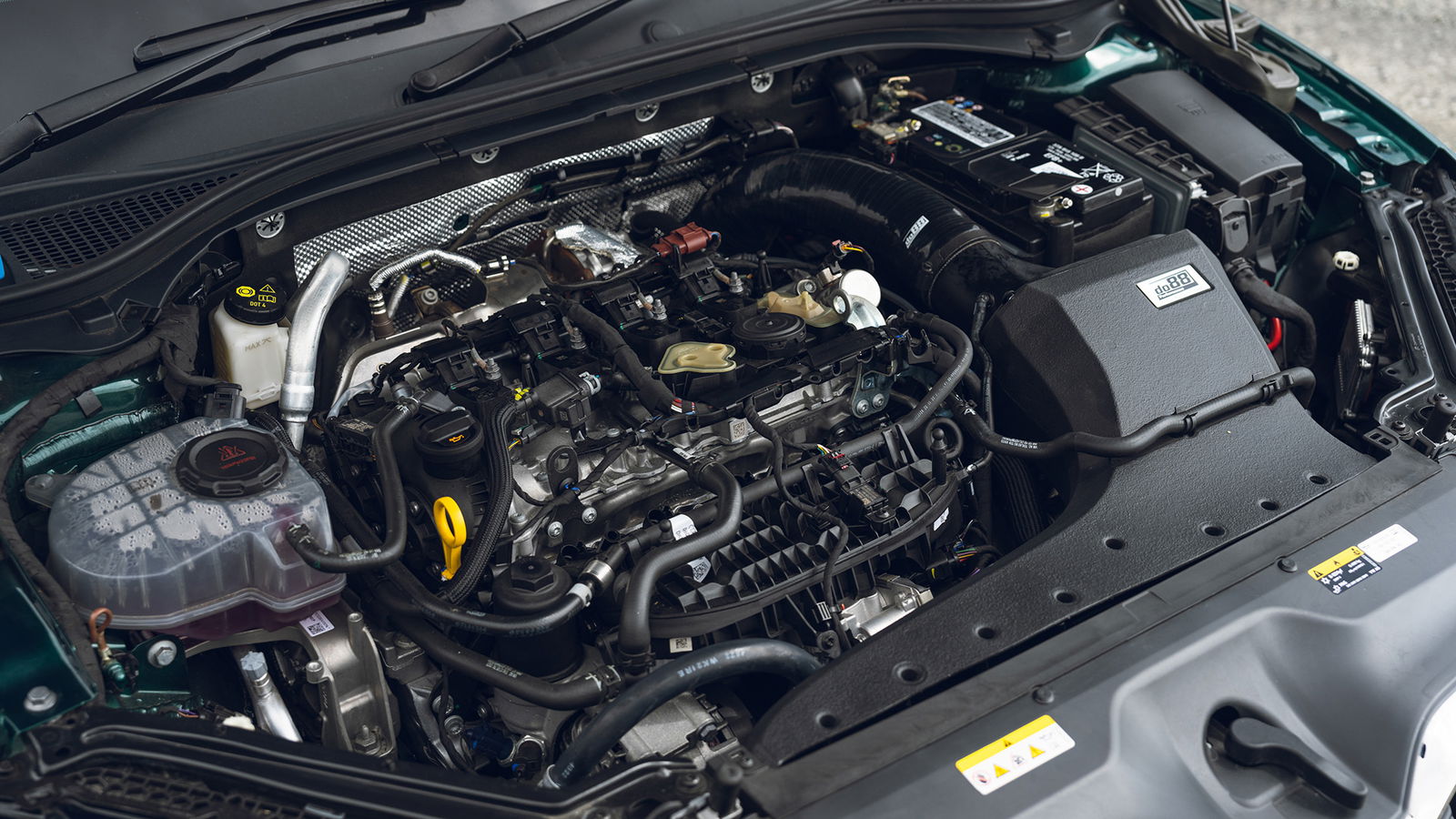
The main benefit of a transverse engine comes in packaging. For lower-capacity engines, mounting an engine transversely allows the engine bay itself to be designed smaller, freeing up space to make an interior bigger. The lack of a transmission tunnel for front-driven vehicles also frees up more room.
It also allows for more weight to be placed over the front wheels in front-driven cars, in theory improving traction.
However, this layout limits the size an engine can be. You wouldn’t really have anything bigger than a V6 in this layout (although the Americans have tried transverse V8s), and even that’s rare. Usually, transversely mounted engines have four cylinders or fewer.
For fast cars (think hot hatches), the uneven driveshafts also introduce the biggest enemy – torque steer. Less torsional stiffness in the longer shaft means power is less efficiently delivered to the wheel it’s on, pulling it slightly to that side.
When is a longitudinal engine better?
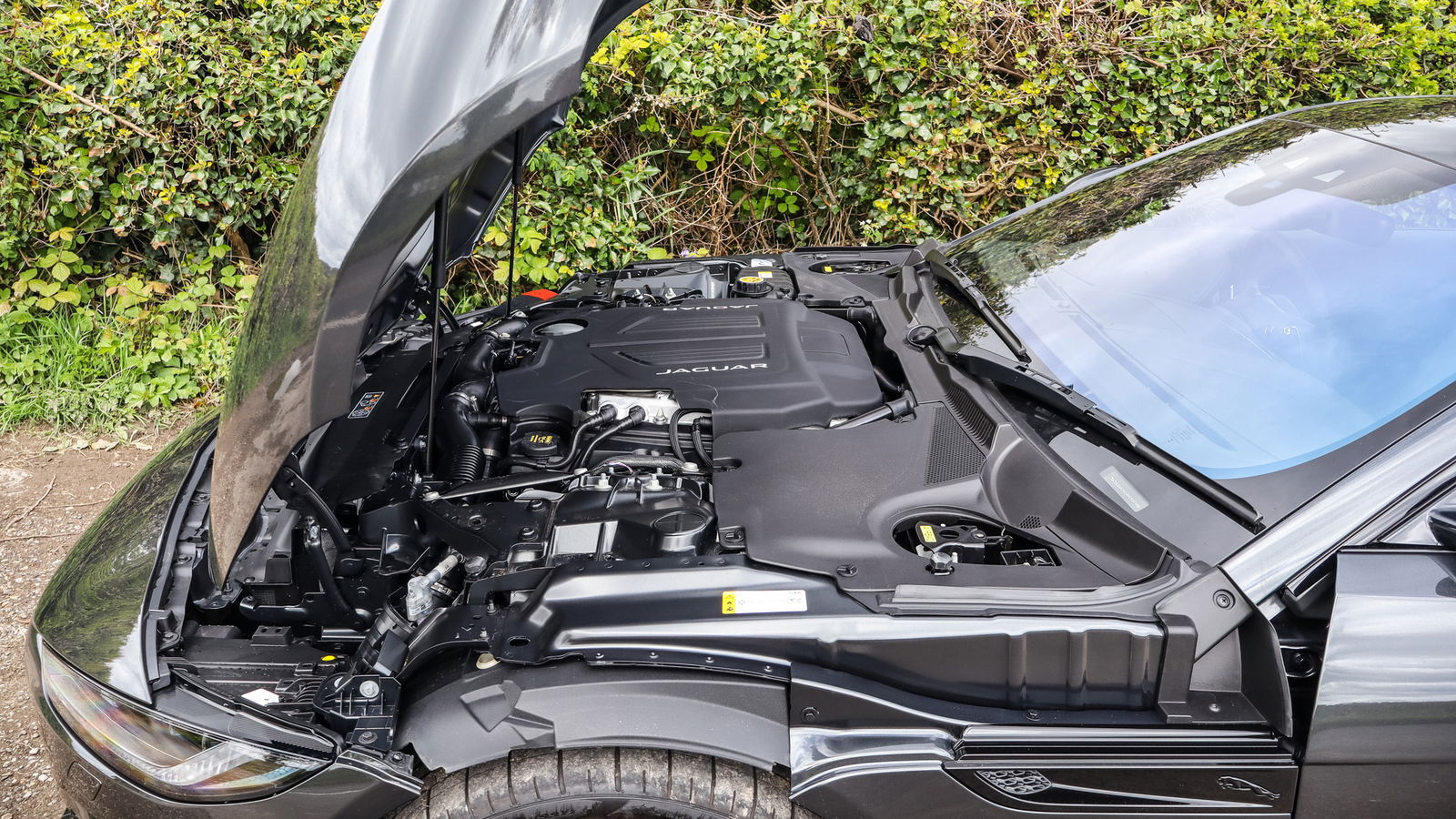
A longitudinally-mounted engine doesn’t have many natural advantages but is more a product of needing space for a bigger engine. However, it does mean the weight distribution of a car can be more evenly distributed – especially handy for rear-driven machinery – and allows more room for complex four-wheel drive systems.
The downside of a longitudinal engine is it’ll naturally require the dashboard to be pushed back, impeding interior space, as well as requiring a transmission tunnel.
Really, there’s no ‘better’ way of doing things at a surface level, but rather it’ll come down to the needs of a car. A two-door, rear-driven V8 sports car will benefit from a longitudinal engine, whereas a four-seat family hatchback is generally better with it transverse.
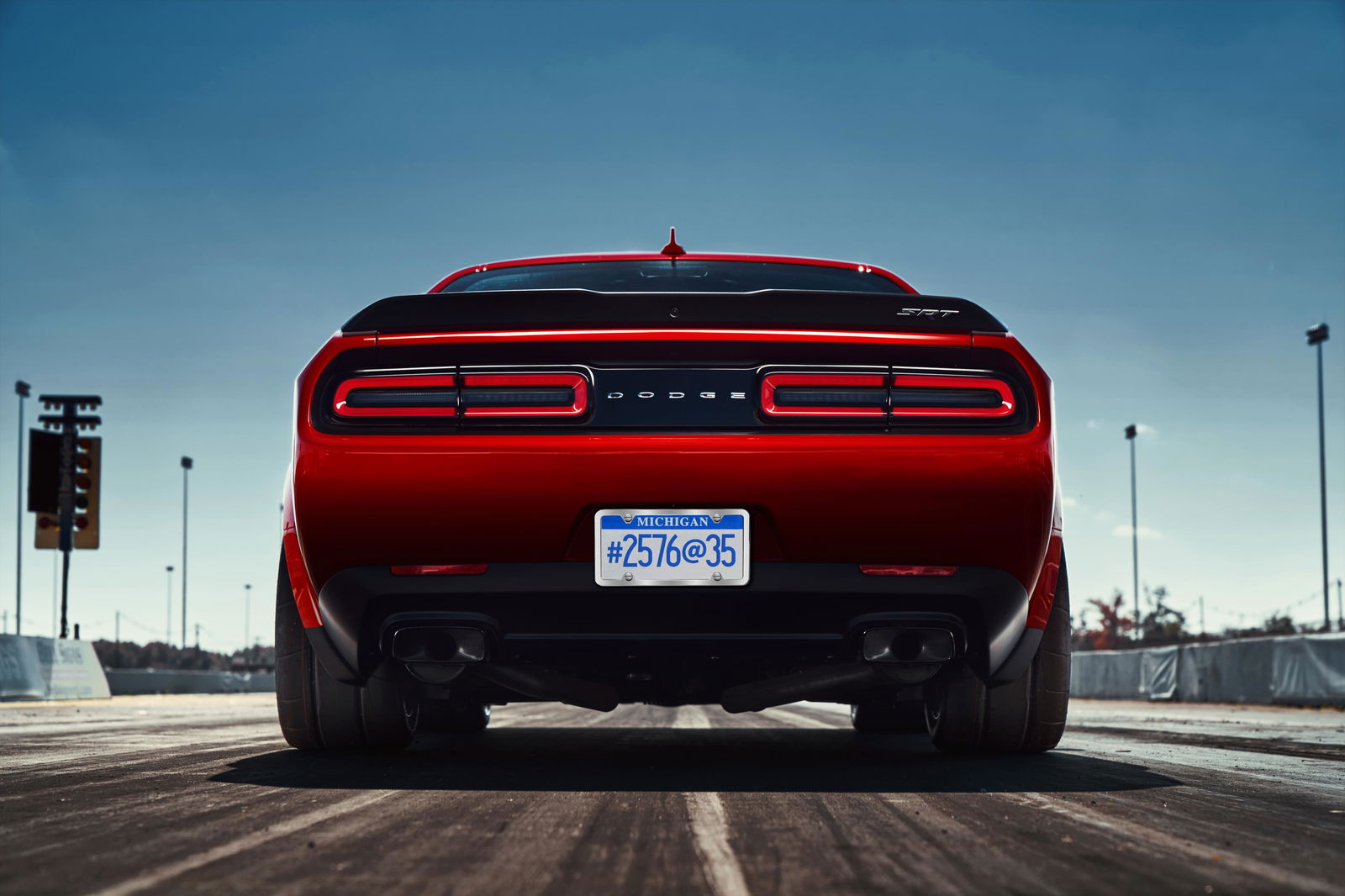



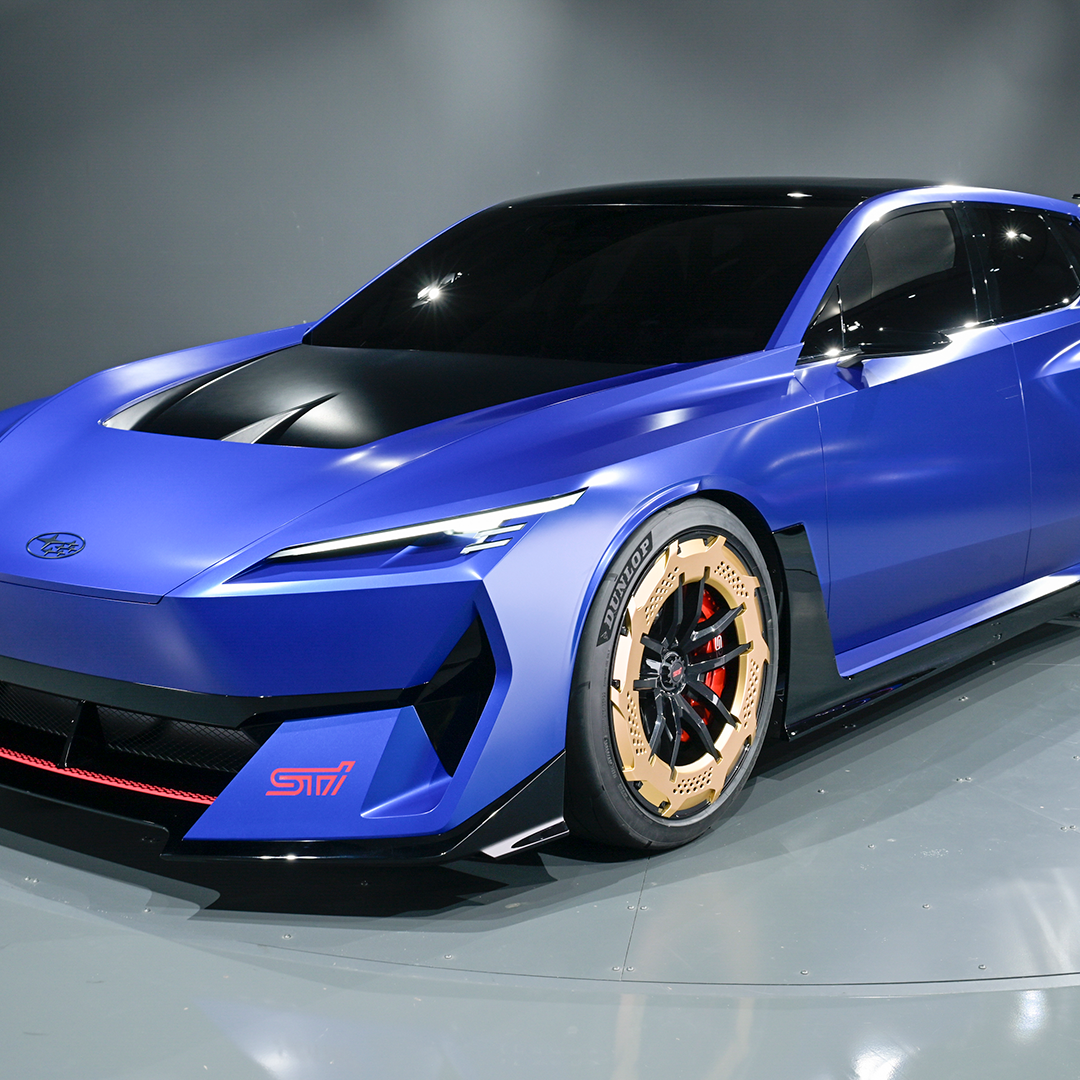





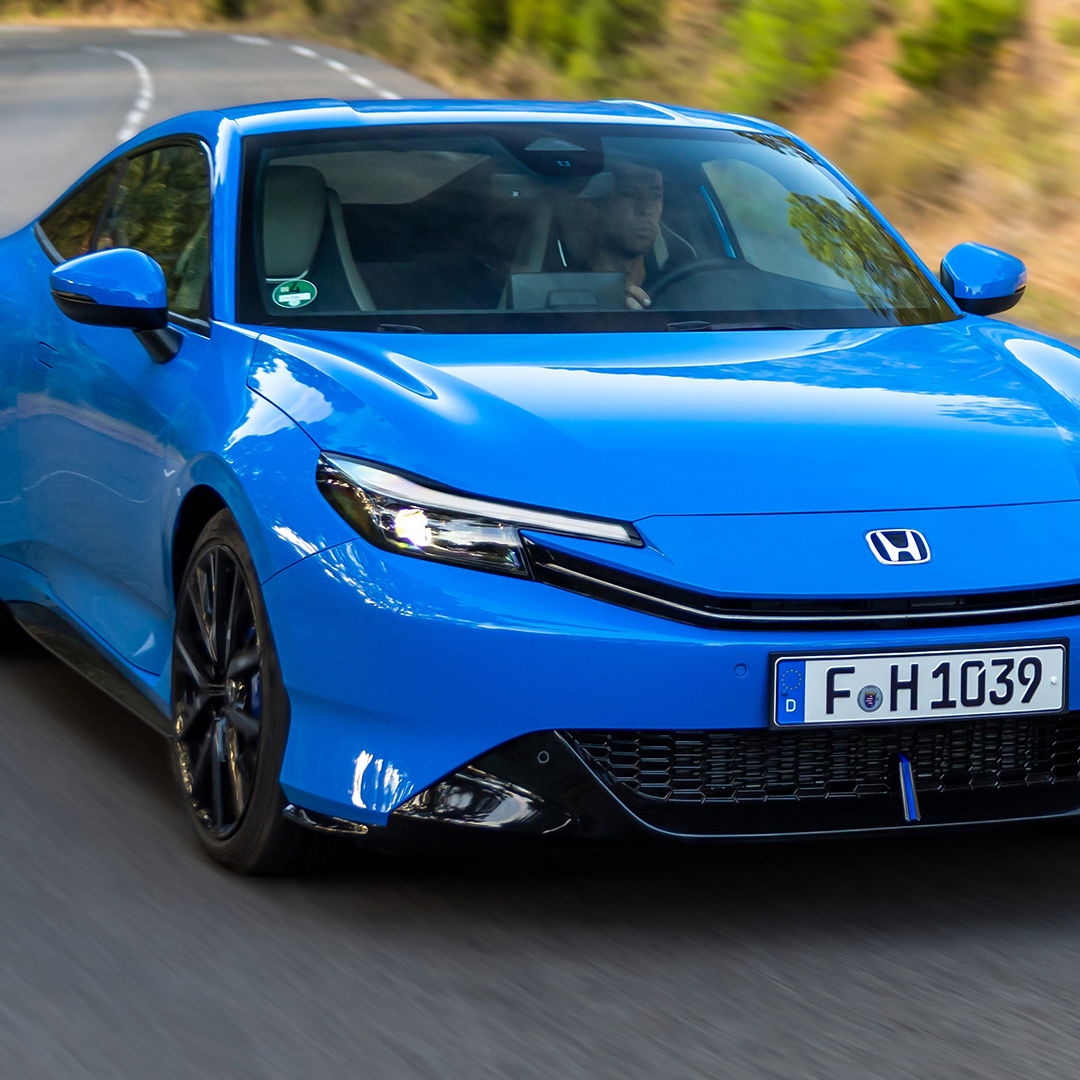



Comments
As long it is powerful, I don’t mind.
Longitudinal for long engines, Transverse for loooooooonger engines. hehe kidding!
What electric cars have done to me
Building a V4 engine would free up space in a longitudinal engine setup to have a more spaceous interior and not making the car have a longer front end.
V4 engines are already mastered in motorcycles and some cars used v4 engines in the 60’s.
one car has a longitudinal v4 in a front wheel drive setup (saab 96)
Ford made a v4 engine in a RWD setup.
Longitudinal FTW
I always felt like the only reason for FWD and transverse engines to exist is the lower costs, no other benefits
But thanks to these articles I start to realise that I was wrong
Longitudinal is life.
Cute.
I’m just here for the Stealth.
You know whats funny. I can’t afford any of them…
Pagination